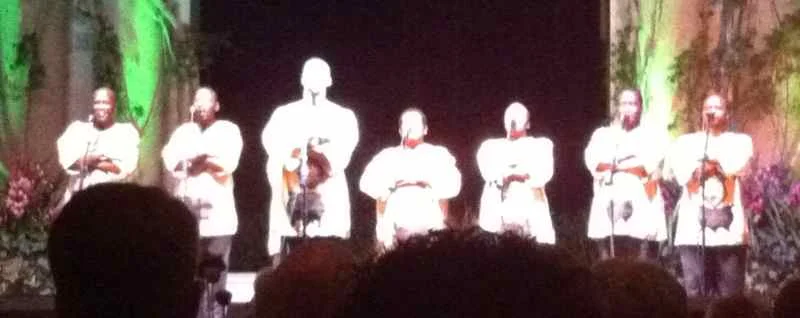The Stroud Preserve, 17 February 2013
/Today’s walk was crispy as winter as reappeared. Despite the temperature drop, the Red-winged Blackbirds were dispersed and sing as they were on my last visit. Some folks have asked me if this seemed early and might be a sign of global warming. My answer to this is I don’t think so. My impression is that this behavior is right on time as it is usually brought about by the photoperiod and not by temperature.
Many people might not be aware of just how sensitive birds in the temperate regions are to photoperiod. Laboratory experiments have shown that you can induce molt by changing the length of a birds day by as little as fifteen minutes. I also find it interesting that the photoreceptor for birds is in an unexpected place. Unlike mammals, where the photoreceptor can be found where you might expect it, in our eyes, in birds the photoreceptor is buried in their brain near the top of their head. Apparently, enough light penetrates through the feathers, through the skull (which is translucent) and through the brain tissue.
Like so many of my walks on crispy days, it was fairly birdless. I was quite surprised when I sat down to tally the day’s list that I had 35 species, as I would have bet that I had less than thirty. I took an extra walk along Creek Road to see if I could get a few extra species like Great Blue Heron and Savannah Sparrow, which I did. I also got the bird of the day on this last ditch effort which was a female/juv Northern Harrier working the “no hang gliding” hillside. I am still surprised as to just how uncommon this species is in our area. To me it seems like a perfect area for harriers. But then again, what do I know? I’m just a mammal with photoreceptors looking right at you.
Start time: 8:05
End time: 11:00
Temp: 27-28°
Wind: brisk from the north
Skies: clear
Species Total: 35
- Great Blue Heron – 1
- Black Vulture – approximately 10
- Turkey Vulture – approximately 25
- Canada Goose – approximately 200
- American Black Duck – 3
- Mallard – 8
- Northern Harrier – 1, Bird of the day!
- Red-tailed Hawk – 8, 6 adults and 2 juv
- Great Horned Owl – 1, the usual owl in the usual place
- Red-bellied Woodpecker – approximately 6
- Yellow-bellied Sapsucker – 1
- Downy Woodpecker – approximately 12
- Northern Flicker – 1, heard only
- Blue Jay – approximately 10
- American Crow – approximately 100
- Fish Crow – 1
- Carolina Chickadee – approximately 10
- Tufted Titmouse – approximately 10
- White-breasted Nuthatch – approximately 6
- Carolina Wren – approximately 10, heard only
- Golden-crowned Kinglet – 2
- Eastern Bluebird – approximately 30
- American Robin – 1
- Northern Mockingbird – 3
- European Starling – approximately 25
- Eastern Towhee – 2
- Savannah Sparrow – 3
- Song Sparrow – approximately 50
- White-throated Sparrow – approximately 25
- Dark-eyed Junco – approximately 10
- Northern Cardinal – approximately 15
- Red-winged Blackbird – approximately 40
- Common Grackle – approximately 10
- House Finch – 14
- American Goldfinch – 2























